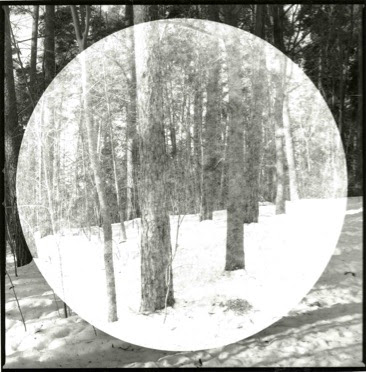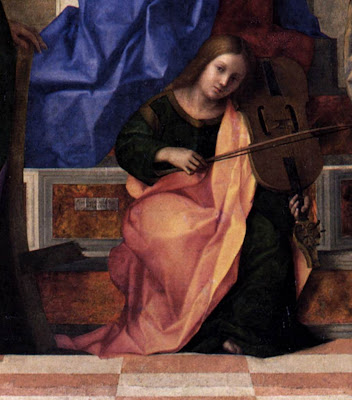
My text for Aliki Braine's exhibition of photographs at Galerie Raum mit Licht, Vienna.
A photograph of a landscape is a photograph of the idea of a landscape. Adjusting the camera’s field of vision – allowing a sliver of sky above the top of a tree, or the full width of the river, to be taken in – is a way of locking your image in to an idea already held in the head. Landscapes are, in other words, preemptive: your image sits within a pre-existing idea, with memories of past landscapes laid over it like transparencies. And those past images, reaching back beyond the earliest photographs into the painted landscapes of the seventeenth century, allude to a linguistic certainty: we know what a landscape is, because a landscape looks like this.
Aliki Braine’s images look like landscapes. Their two-thirds sky, one-third land proportions nod to this. And our way of looking at them might well replicate the way we ordinarily look at images of landscape: as emblems of retreat or tokens of sublimity. Yet Braine’s works enact a series of interferences at the development stage. These are landscapes caught in the act of becoming: elided, blocked-out and part-erased while still negatives, they tease at the certainties of our image of the landscape as a way of unravelling our certainties about language itself.
Take, for example, Braine’s 2006 White Out/Black Out images. A single tree, locked dead centre in a kind of homage to the mighty oaks of the Romantic tradition, is photographed against a clear sky. Its associations, with national and genealogical ancientness, are what Jasper Johns would call “things the mind already knows”. Braine’s addressing and unpicking of the image, a rural version of Johns’ replication of the stuff of urban living, is a way of reversing the process by which an image becomes unnoticeable. The hole-punched vacancies that blot out the trees, and the whited-out streaks that erase them, perform a conceptual sleight-of-hand: the tree becomes more visible for its disappearance. These images haven’t yet been allowed to become “landscape”, and by doing so are stilled somewhere between the world as seen and the world as known. Because you don’t see, you look.
Braine’s works are not only not quite landscapes, they’re not quite photographs, either. Each image is a record of an act of destruction to another image, and these two images – the tampered negative and the faithful positive – coexist in anxious dialogue. In the Circle/Square images, a forest scene redolent of Friedrich or the brothers Grimm appears part-obscured by a semi-opaque white circle. Fading slightly at the edges, the circle resembles a hovering snowglobe, its contents frosted with sinking flakes of white: a container for an idea about landscape. Made by affixing an ordinary sticker to the negative, the image as seen reflects on its own creation, becoming in the process a inversion of the self-certifying circular mirror in Jan Van Eyck’s ‘Arnolfini Portrait’. Braine’s images speak to themselves, asking of themselves: is this is a landscape? Does a landscape look like this? Every image is a stutter and a shrug.
Details of the exhibition are here.



